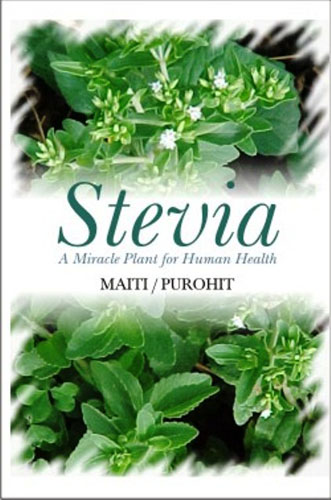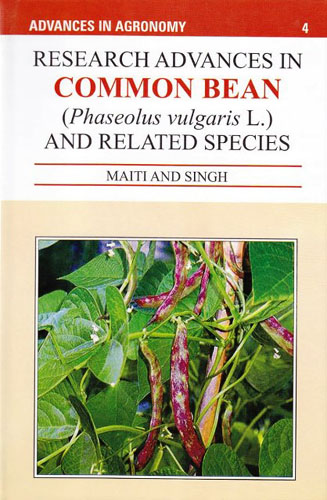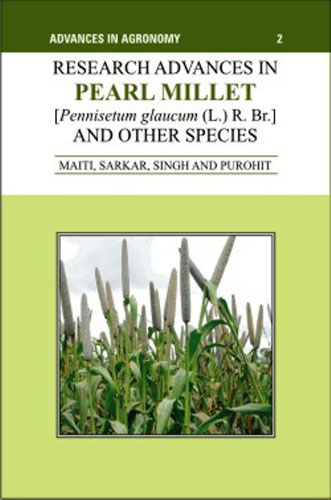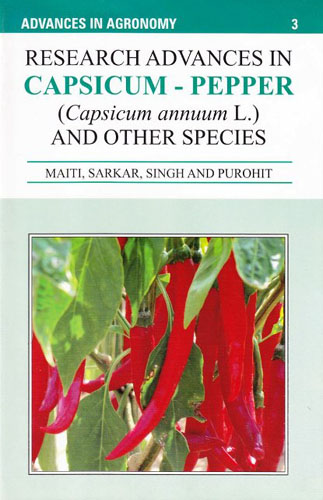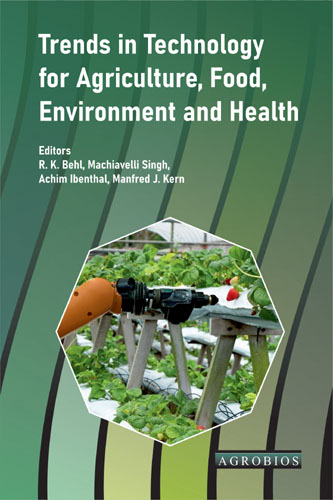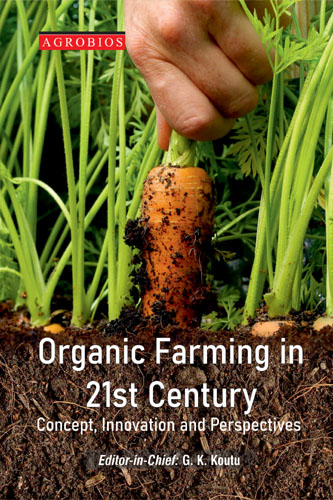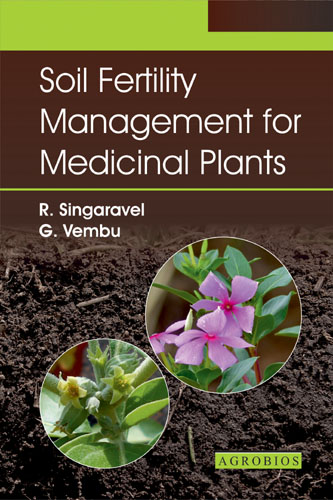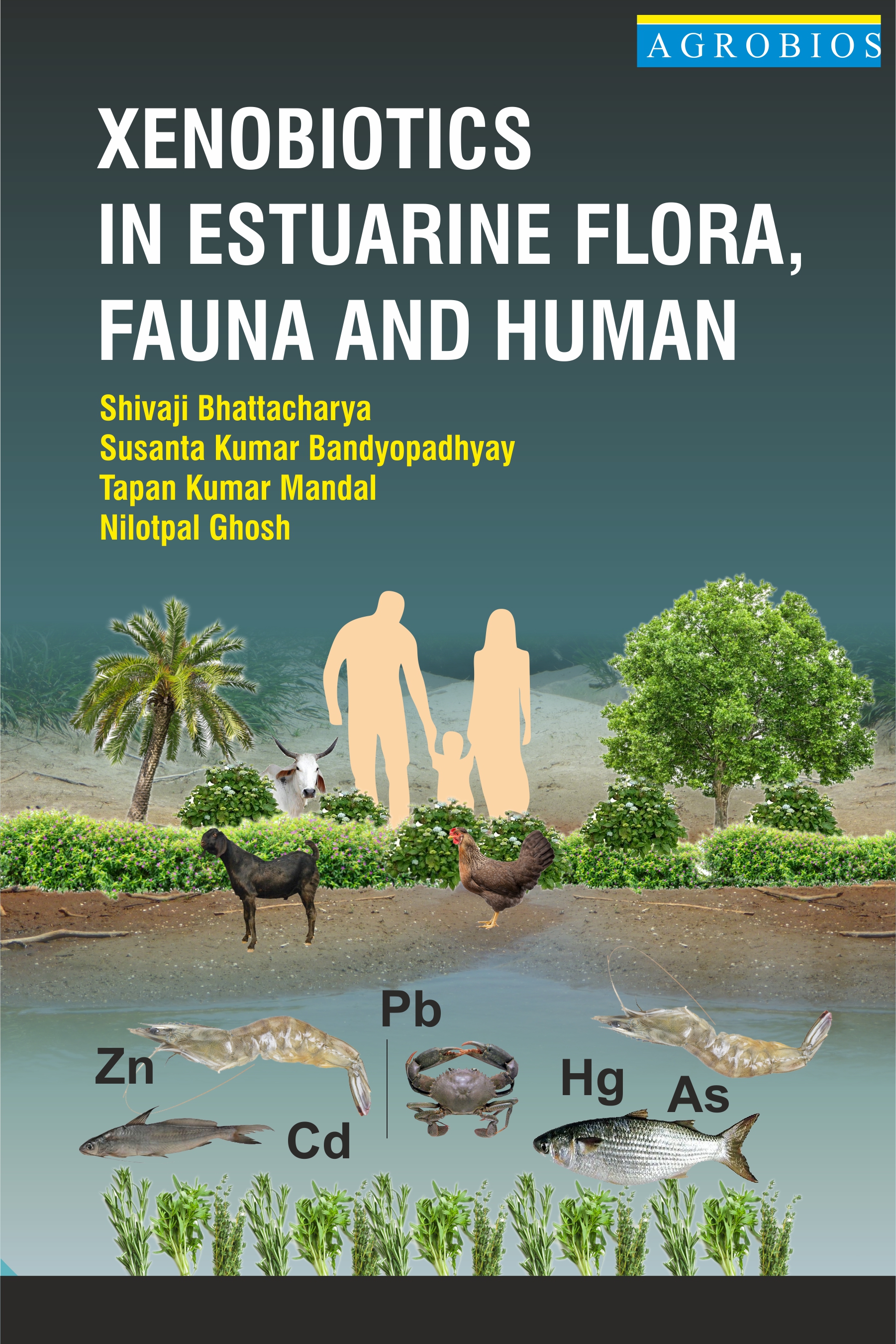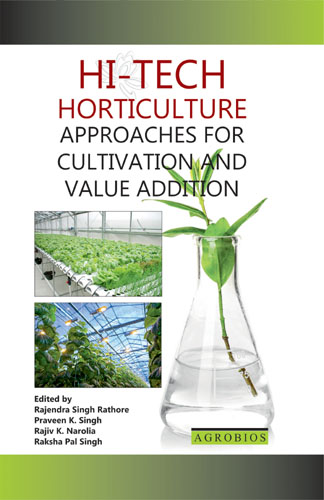An Introduction To Modern Economic Botany
The existence of the human race has depended on plants to meet three necessities, mainly food, cloth and dwelling. In recent times, there exist a lot of vegetables which are not utilized for non-interest or poor knowledge about their possible uses. The main objective of this book on An Introduction to Modern Economic Botany is to provide knowledge on the utility of plant species, cultivated or in the wild stage, which are closely related with different aspects such as Taxonomy, Phytogeny, Plant Morphology and Anatomy, Plant Physiology, Evolution, Ecology, Food Science, Toxicology, Biotic resources, Pharmacognosy, Geology, Phytogeography, Phyto-chemistry, Agronomy and Horticulture.
Basically this book is based on the knowledge of principal food, industrial and textile products, food products, as well as a vista of the geographic distribution and the morphology of some vegetable species. Apart from plants of economic importance, the book also pretends to include some useful plants found in Mexico , which are considered most important globally on the basis of their derived products. An extensive review of literature has been made on the utilization of these resources, including the results of thesis submitted in the Biology and Agronomy Faculties of the La Universidad Autonoma de Nuevo, Leon and the Department of Chemistry and Biology, Universidad de las Americas Puebla. Mexico. Different themes have been described clearly and easily understandable form for the readers. The second part of this book discusses the results of investigation and techniques of the investigation on plants of economic importance.
Apart from these aspects, the book mentioned the different forms of the utilization of resources and the necessities of investigation required to achieve the preservation and a belter utilization of the same. This book can serve as a text of economic importance for the students at graduation level in the areas of Biology and Food Science. This book can also be used as a reference book by the students of Agricultural Botany or Agriculture.
Maiti RK
555
Table of Contents..
Part I - Basic Materials for Human Beings
- Origin and Spread of Agriculture
- Emergence of Agriculture
- Green Revolution
- Genetic Diversity in Plants
- Forests, Wild and Cultivated Resources
- Genetic Erosion
- Plants as A Source of Food
- Major Sources of Carbohydrate and Protein
- Crops as A Source of Carbohydrates
- Origin of Major Cereals
- Origin of Tuberous Plants
- Major Sources of Sugar (Starch and Cellulose)
- Recovery of Energy in Sugar Industry
- Sources of Lipids and Oils
- Sources of Protein (Legumes)
- Sources of Minerals and Vitamins
- Fruits
- Common Fruit Plants
- Other Available Fruits
- References
Part II - Production of Fibres By Plants
- Plants as A Source of Vegetable Fibres
- Major Plant Species for Fibre Production
- Minor Plant Species for Fibre Production
- Other Fibre Producing Plant Species
- References
Part III - Spices, Aromatic and Medicinal Plants
- Spices and Aromatic Plants
- Research Advances in Spices
- Condiments
- Perfume Producing Plants
- Stimulants Producing Plants
- Narcotic and Halogenic Plants
- Medicinal Plants
- Drug Producing Lower Plants
- References
Part IV - Ethnobotany of Medicinal Plants
- Research Advances in Ethnobotany
- Toxic and Allergic Plants
- Harmful Plants for Animals and Human Beings
- Use of Tannin
- Tannin Producing Timbers
- Oil Producing Plants
- Colour Producing Plants
- Wax Producing Plants
- Exudaets and Vegetables Extracts
- Chewing Gum (Chicle) Producing Plants
- Gums and Resins Producing Plants
- References
Part V - Techniques of Pharmacognosy
- Importance of Pharmacognosy and Classification of Drugs
- Description of Anatomy and Morphology of Plants
- Microscopic Techniques
- Cellular Differentiation
- Distribution of Tissues and Utilization of the Reactives
- Use of Different Reactives
- Recent Research on Medicinal Plants
- References
Book Details
Book Title:
An Introduction To Modern Economic Botany
An Introduction To Modern Economic Botany
Book Type:
TEXT-CUM-REFERENCES BOOK
TEXT-CUM-REFERENCES BOOK
No Of Pages:
298
298
Color Pages :
0
0
Color Pages :
0
0
Book Size:
DEMY (5.5X8.5)
DEMY (5.5X8.5)
Weight:
500 Gms
500 Gms
Copyright Holder:
All Rights Reserved
All Rights Reserved
Imprint:
M/s AGROBIOS (INDIA)
M/s AGROBIOS (INDIA)
Readership:
EXTENSION WORKERS | FIELD WORKERS | PG STUDENTS | SCIENTISTS AND RESEARCHERS | UG STUDENTS |
EXTENSION WORKERS | FIELD WORKERS | PG STUDENTS | SCIENTISTS AND RESEARCHERS | UG STUDENTS |





